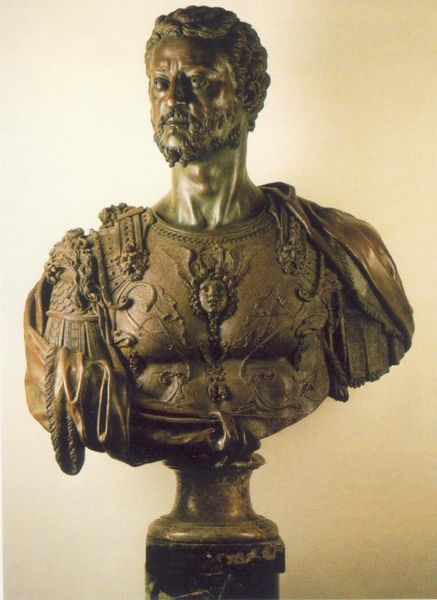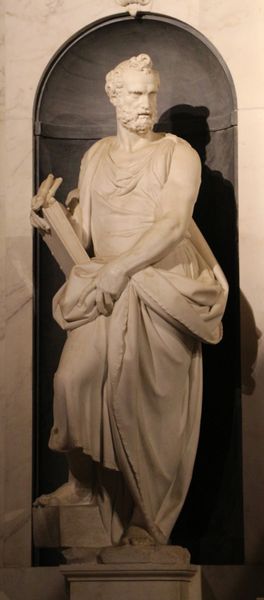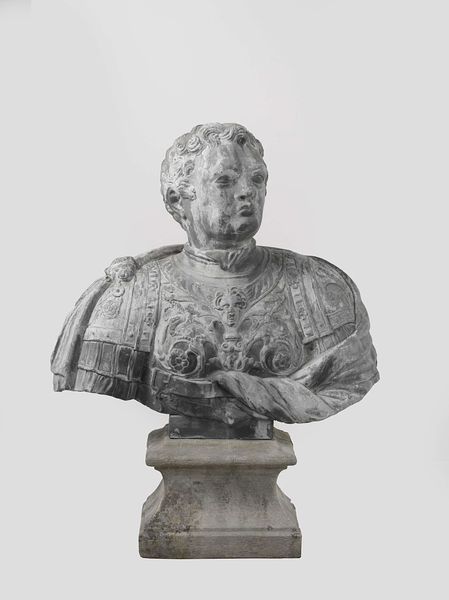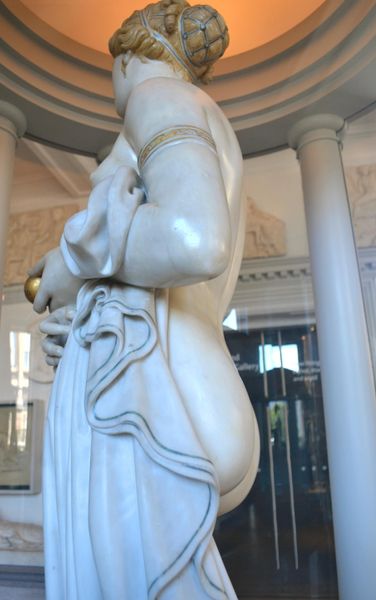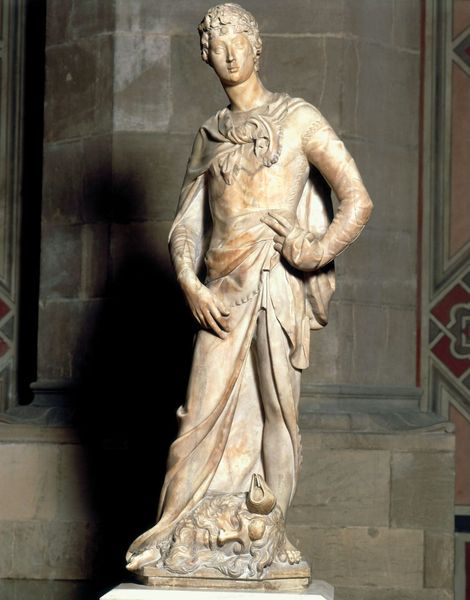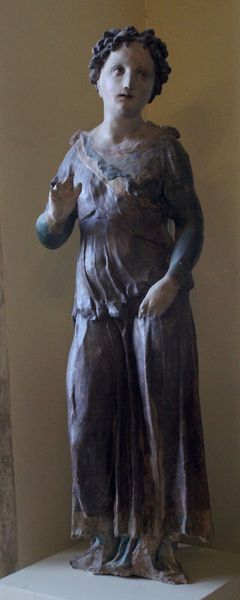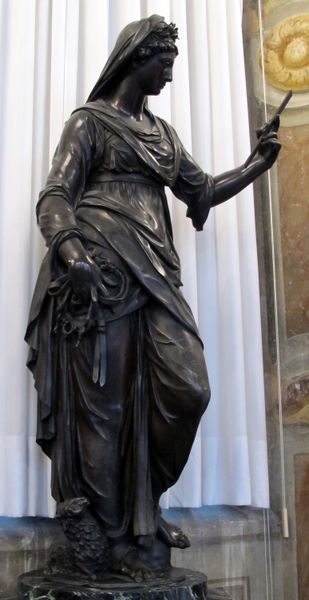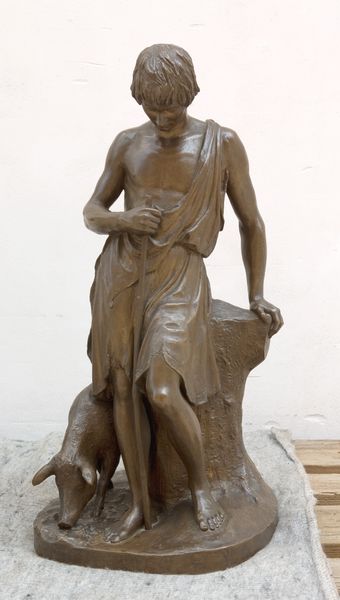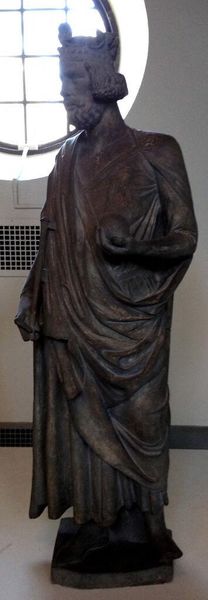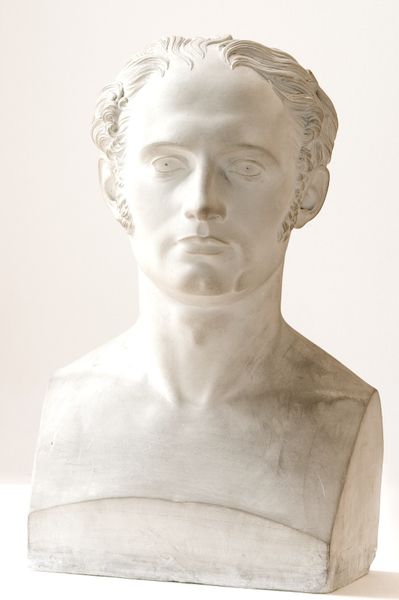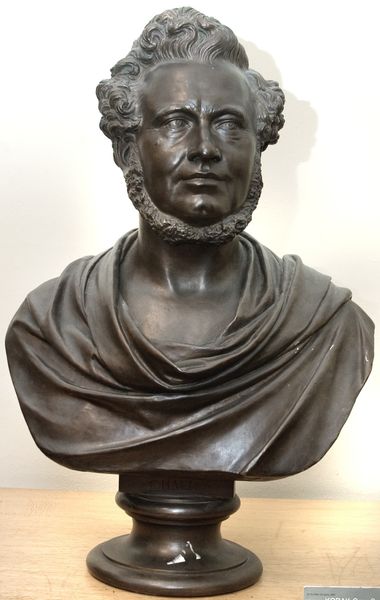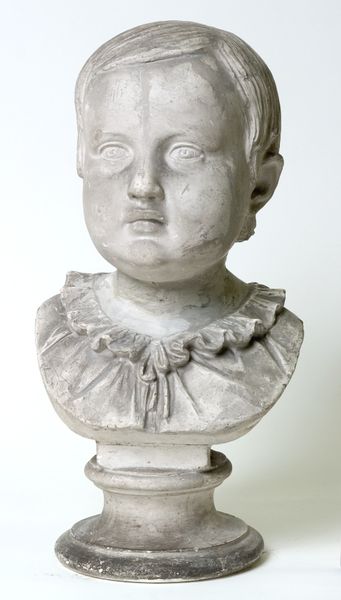
Copyright: Public domain
Editor: Here we have Ludwig Manzel’s marble bust of Kaiser Wilhelm II, created in 1906. I'm struck by its formal, almost cold, depiction of power. How does this sculpture engage with the socio-political landscape of its time? Curator: It's important to consider how Manzel, and indeed the institution commissioning this piece, sought to portray Wilhelm II. This bust embodies a desire to project imperial strength and legitimacy. Think about the neo-classical style - what connotations does it evoke in relation to the historical context? Editor: I suppose it links him back to the Roman emperors, a visual strategy for legitimizing his rule by associating him with established power structures. Curator: Precisely! This wasn't just about artistic expression, it was carefully orchestrated propaganda. Now, observe how this sculpture might interact with the public, reinforcing certain ideals while perhaps suppressing others. Does the average citizen viewing this in a public space internalize this message of unwavering authority, and what might that citizen think about the image? Editor: It makes me think about the use of public art as a tool for shaping public opinion, which feels quite relevant even today. Considering its fate after the Kaiser’s abdication, what role did it play in shaping perceptions of the past, or even manipulating perceptions in more recent political settings? Curator: That’s a very astute question. Its very survival, its placement in a museum, its re-contextualization – all these steps tell a story about how we deal with the legacy of power. Thank you for that very good insight! Editor: It's fascinating how a sculpture can embody and transmit political ideologies through the ages. Thank you!
Comments
No comments
Be the first to comment and join the conversation on the ultimate creative platform.
